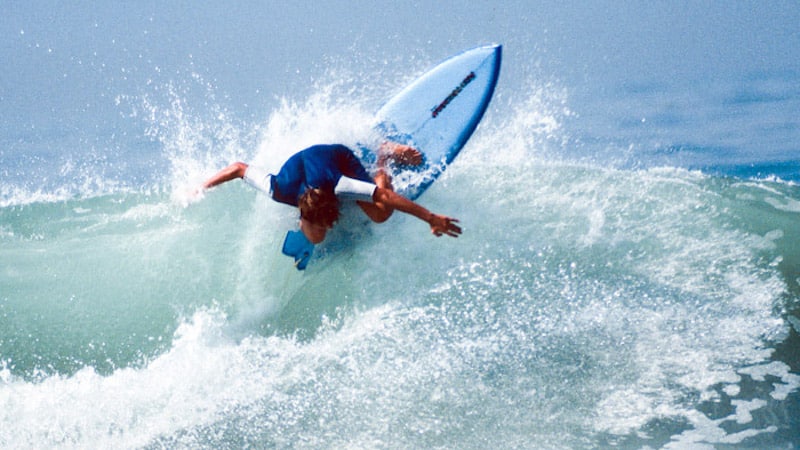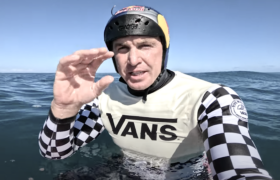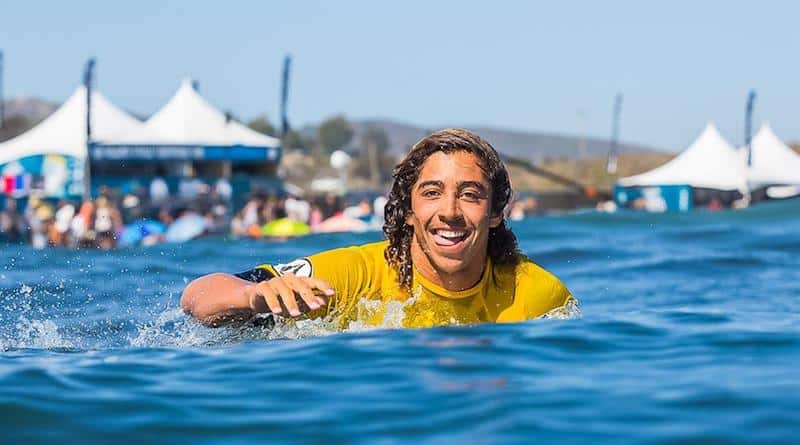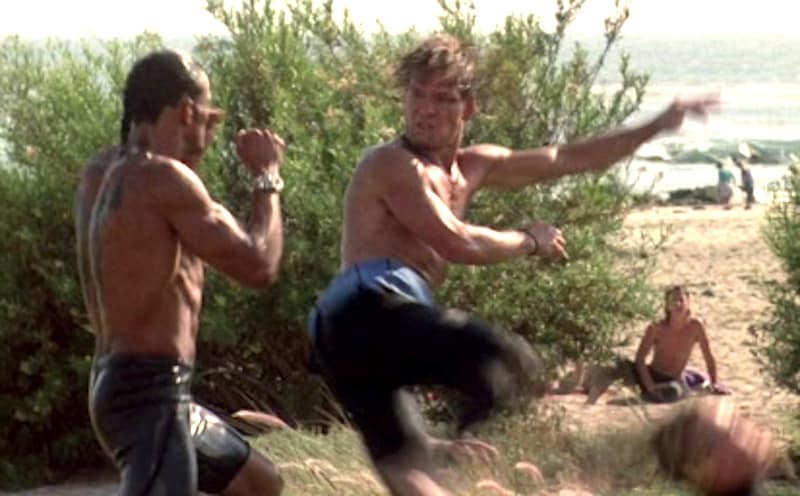"It was like Dumbo the Elephant, where at first you're almost laughing, kind of "Oh, look at the fat guy surfing." And then very quickly you realize he's amazingly graceful and fluid."
As reported earlier today, the iconic Hawaiian shaper Ben Aipa has died, aged seventy-eight, after a hellish battle with multiple illnesses. His son, the noted shaper and former pro Akila Aipa, described Ben as a “humble colossus.”
I asked Matt Warshaw, whom you know well for he carries the torch of surfing history, alone and without reward, to shade in a few of the details of Ben’s rich life.
Ben is dead; what has surfing lost?
Ben didn’t start surfing until he was 21 or 22. Every time I think of him, that’s the first thing that comes to mind. I don’t think any surfer of note began that late in the game, and the determination it took for him to get so good, so fast—I think that stayed with him for the rest of his life. I’m guessing here, but part of why he was always pushing on to the next thing in surfing, in terms of design, had something to do with him never forgetting how it felt like to be so far behind.
Did you know him at all?
No, but for a few years we moved in the same surf-comp circles. Ben came over to California all the time in the late ’70s and early ’80s, for the contests and the trade shows, and probably to shape boards. Any little two-bit pro contest, Ben was there. It was a little unsettling. He was 20 years older than the rest of us, huge and quiet and totally unapproachable. And full-on surfing to win, even if the winner’s check was like $250. Again, just a fierce level of determination.
It was like Dumbo the Elephant, where at first you’re almost laughing, kind of “Oh, look at the fat guy surfing.” And then very quickly you realize he’s amazingly graceful and fluid. If the wave had enough push—big Haleiwa, say, or Sunday—his mechanics were so perfect that he didn’t have to really flex or push, just lean and hold and release. He was a beautiful surfer.
You wrote about his bulldozer-like surfing in a list of surfing’s 15 best power surfers. You described him so, “(Ben) rode Sunset Beach like Jim Brown on a broken-field run. Power and finesse. Rudely underappreciated at a longboard surfer.”
He’s more famous now as a shaper, but for about eight years, starting in 1966, he was one of the best surfers in the world in powerful waves. Ben weighed something like 250, and he put all that mass to good use, but his surfing was also incredibly balanced and precise. It was like Dumbo the Elephant, where at first you’re almost laughing, kind of “Oh, look at the fat guy surfing.” And then very quickly you realize he’s amazingly graceful and fluid. If the wave had enough push—big Haleiwa, say, or Sunset—his mechanics were so perfect that he didn’t have to really flex or push, just lean and hold and release. He was a beautiful surfer.
You knew Ben was sick? Hell of a thing, blood infections, heart problems, diabetes, multiple strokes, dementia. Hard to square a man of his strength with the usual problems of aging.
At my age, you start rating people’s deaths. My mom had a good one year before last. Went in for knee surgery happy and active as could be at age 87, complication during recovery, she thumbs-downed a proposed series of long-shot operations and died five days later, at home, peaceful, on her terms. Ben’s last act was difficult. Luck of the draw, I guess. If you have a good death, that for sure should be something you’re remembered for. If you don’t, it just means you drew the short straw; it doesn’t reflect on your life or who you were as a person.
As a shaper he sure did go his own way. Let’s talk the double swallow and, later, the Stinger. That was, literally, a pivotal surfboard design. It gave Marky Richards, who would win a then-unprecedented four world titles, a rocket underfoot in the famous winter of 1975. You ever ride a stinger?
The Stinger came along right when I was hitting my surfing stride as a teen, and it changed my game completely. I rode the shit out of those boards for a year or two, until the twin-fin came long.

Of Ben’s era, who’s left?
He belonged to a couple of eras. At first it was Ben and Eddie Aikau, the two hot young-gun Hawaiians. The Stinger deal was 10 years later, when he was making those flamed-out hot-rod boards for Buttons and Mark Liddell, and surfing with them at Kaisers and Ala Mona. In-between, he shaped the board Fred Hemming’s rode in the ’68 world titles. Then I think he did some coaching or mentoring for some Hawaiian pros in the 1990s. So I don’t know exactly what era Ben belonged to. To me, he always seemed kind of removed from it all, not part of any group or period. Ben was a one-man era.
Subscribe to Matt’s Encyclopedia of Surfing, here. It costs virtually nothing and offers the world.






